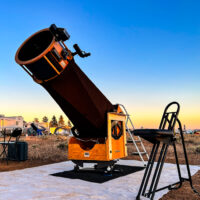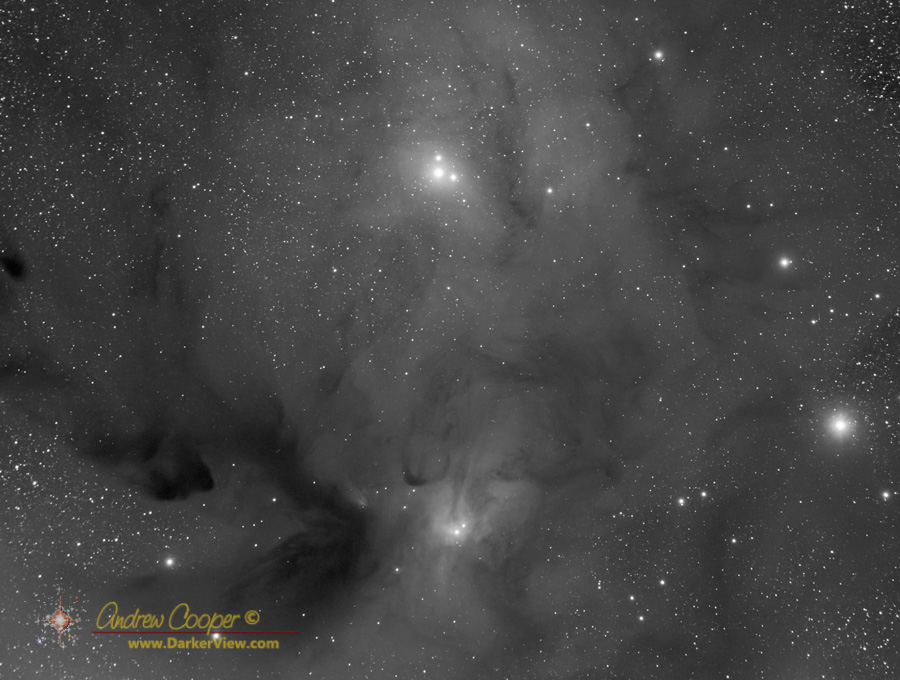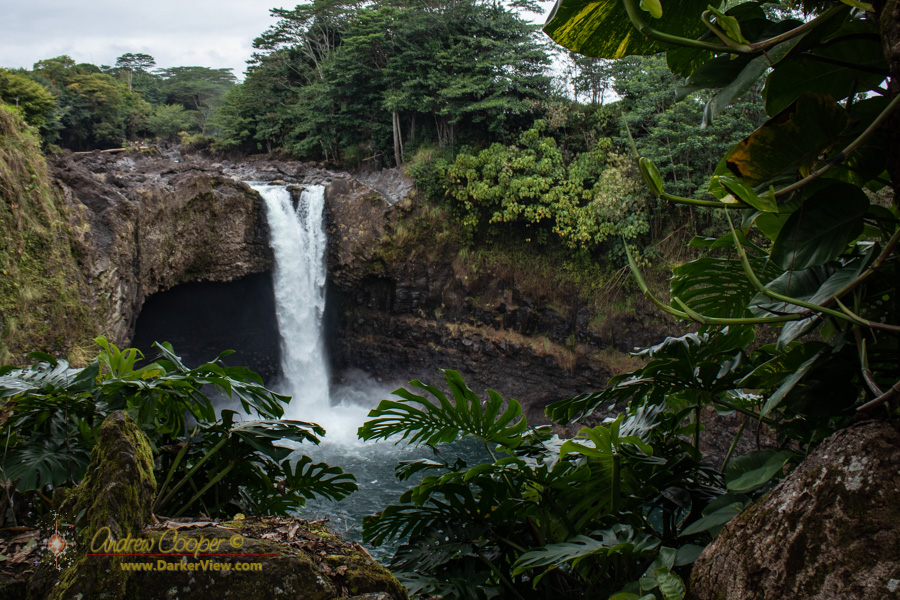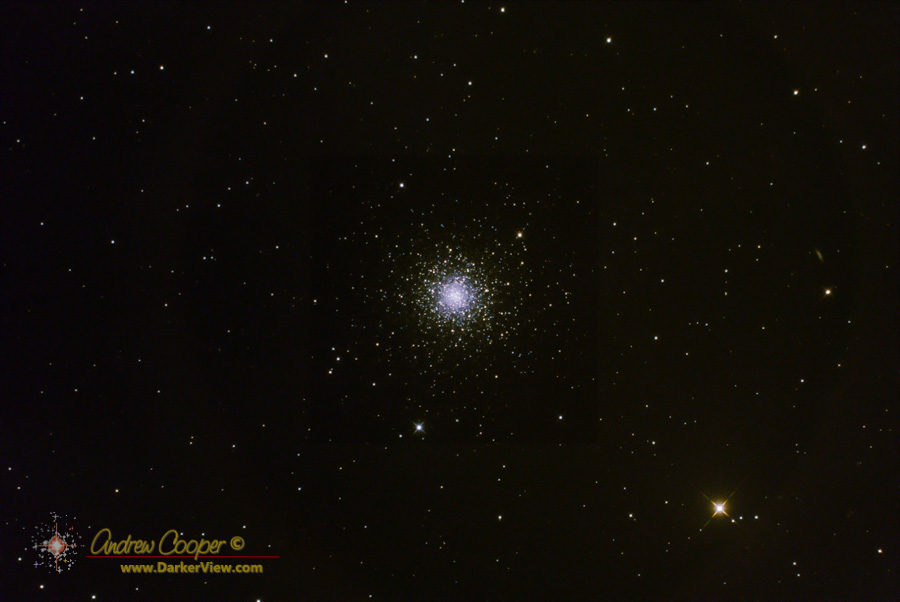A large star party is an experience worth seeking out… Hundreds of people, hundreds of telescopes, all under a dark sky.
A star party is a meeting of geeks. Technical talk of optics, electronics, and fabrication techniques like 3D printing abounds. In the afternoon and evening you will find small conversations in the shade, pull up a chair and join the discussion.
The plan was something I had executed successfully before… Fly into Portland, spend some time with my folks, then borrow the family camper for the trip out to the Ochoco Mountains for the star party.
Continue reading “Oregon Star Party 2023”









